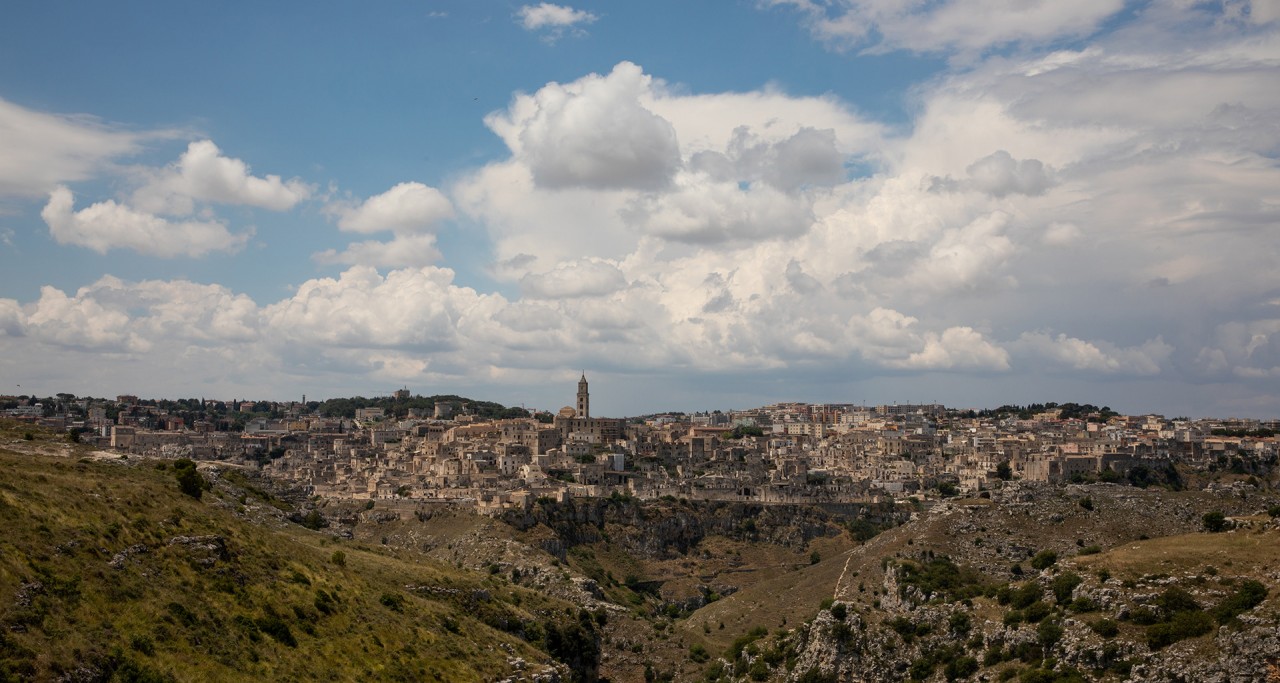THE QUARTERS QUARTET
Saturday, 9th November 2019
CS “Svilara”, 7pm
JAZZ MARATHON OF THE NOVI SAD JAZZ FESTIVAL
Concerts of jazz orchestras from the cities – European Capitals of Culture,
supported by the Novi Sad 2021 Foundation and the Serbian National Theatre
MATERA – Italy
ROSSELLA PALAGANO, voice; NICOLO PETRAFESA, piano
VITO FARETINA, electric bass; GRAZIANO PANNETTA, drums

Quarters 4tet comes from Matera, the European Capital of Culture for 2019.
The project was born thanks to the musicians’ passion for jazz, their desire to experiment with this musical genre and to explore every facet of it.
Their repertoire ranges from traditional jazz standards to contemporary and complex songs, composed by artists like Esperanza Spalding. Thanks to this repertoire the quartet earned first place in the second edition of the Onyx Jazz Contest, held on June 21st 2019 in Matera. At the moment the quartet is recording its first album that will be released in 2020.

Matera’s European Capital of Culture programme, named Open Future, is spread over 48 weeks beginning with the opening ceremony on 19th January, during which bands from European Cultural Capitals and the Municipalities in Basilicata, made their way into Matera playing their instruments. From then on various initiatives have begun to take place every day, many of them at the same time, spread out over different locations in the city of Matera and the Basilicata region. These have the aim of contributing to developing the future, by trying to answer the questions posed by the 5 themes of the candidacy dossier: Roots and Routes, Continuity and Disruptions, Ancient Futures, Utopias and Dystopias, Reflections and Connections. A good half of the productions are the result of the process of co-creation carried out together with the creative scene of Basilicata, linked to a wide range of artists, networks and national and European institutions. The other half of the programme is implemented through agreements with various European and Italian cultural institutions, starting with the other European Capital of Culture, our friend and twin town Plovdiv, and the EU Japan Fest. Nobody in Matera is merely a tourist; everyone has the opportunity to join in the community aspect that characterizes the path of Matera 2019, thanks to the special Passport 2019. This tool doesn’t only allow guests access, at the price of 19 euros, to all events organized by the Foundation in 2019, but also permits them to acquire temporary citizenship of Matera. Official website: www.matera-basilicata2019.it
The history of Matera blends into its Paleolithic origins and reaches our days after centuries and thousands of setbacks, not as a continuous story. The inhabited substrata of the city are made up of caves dug out of the tufo, the Sassi, which are its most distinctive and celebrated trait. To this should be added the numerous natural caves that helped the first human settlements on the side of the canyon hollowed out by the Gravina stream. The architectural structure of the city has been modelled by a process of stratification that starts from a subterranean area which is characterised by caves, cisterns, ice houses, tunnels and water control systems. The Sassi quarter was inhabited until the 1950s, when a law was passed to move the residents to new areas. At the time it was labelled a “national shame” because of the unhealthy living conditions which people experienced. The Sassi were then subject to a regeneration process starting in 1986, until they were declared a UNESCO World Heritage Site in 1993. This extraordinary and evocative landscape has served as a setting for numerous films, including Pasolini’s celebrated The Gospel According to Saint Matthew (1964), The Passion by Mel Gibson (2002), Ben-Hur by Timur Dekmambetov (2014) and the last episode of James Bond No time to die this year.

